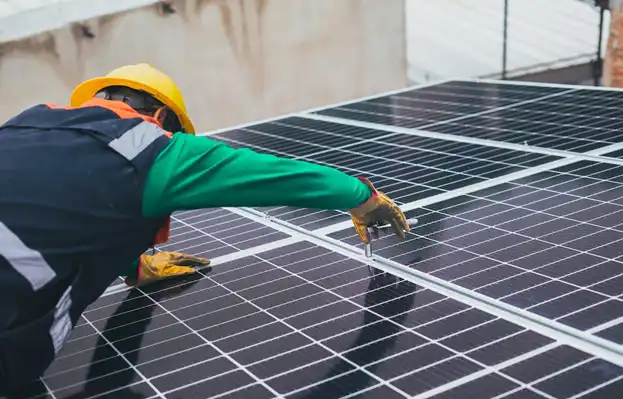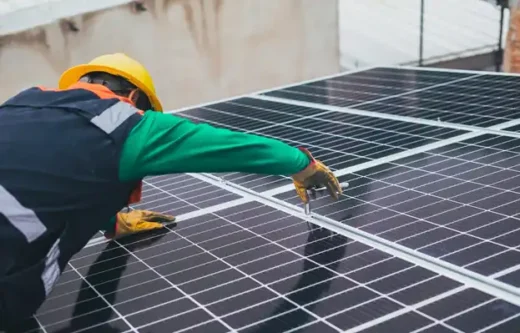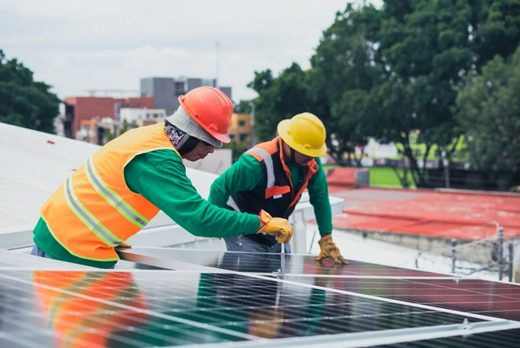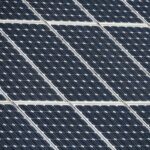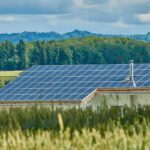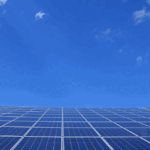How to maintain your commercial solar system guide, Office renewable energy, Property PV power technology
How to Maintain Your Commercial Solar System
18 June 2025
Commercial solar in Sydney represents a significant investment for businesses seeking to reduce their electricity costs and carbon footprint. However, like all infrastructure, commercial solar systems require routine care to perform at optimal efficiency. Proactive maintenance not only prolongs the system’s lifespan but also ensures consistent return on investment (ROI) and uninterrupted energy supply.
Why Solar Maintenance Matters for Businesses
A commercial solar power system, when maintained correctly, can yield energy efficiencies of over 95% for decades. Dust, debris, environmental wear, and electrical faults are inevitable without proper servicing. Left unchecked, these factors reduce system output, raise energy bills, and increase the risk of long-term system damage.
Key benefits of regular maintenance:
- Optimised energy generation
- Reduced operational costs
- Extended system life (20–30 years)
- Early fault detection and prevention
- Compliance with warranty and insurance requirements
Core Components of a Commercial Solar System to Maintain
1. Solar Panels
Solar panels are the most visible part of the system and the most susceptible to performance degradation from environmental factors.
- Frequency of Inspection: Biannually or quarterly in dusty/leafy areas
- Tasks: Cleaning using deionised water, inspecting for micro-cracks or delamination, and assessing shade encroachment
- Expected Outcomes: Up to 15% efficiency gain from clean panels
2. Inverters
As the heart of a solar system, inverters convert DC to usable AC power.
- Inspection Points: Fault codes, software updates, ventilation, and operating temperature
- Maintenance Frequency: Annual service
- Common Issues: Overheating, internal fan failure, firmware issues
3. Mounting Structures and Wiring
Structural integrity and safe electrical distribution ensure system durability and user safety.
- Mounting Checkpoints: Rust, corrosion, loose bolts
- Electrical Inspection: Look for UV damage, rodent interference, and thermal hot spots via infrared scanning
- Frequency: Annually or post-storm event
Implementing a Monitoring System
Real-time performance monitoring allows you to detect underperformance instantly. Systems integrated with SCADA or IoT-based platforms provide:
- Automated fault alerts
- Generation trend analysis
- Energy output forecasting
- Historical comparison across seasonal cycles
Recommended Metrics to Track:
- Daily kWh generation
- System Efficiency Ratio (SER)
- PR (Performance Ratio)
- Downtime Duration
Best Practices for Long-Term Solar System Efficiency
- Schedule maintenance during off-peak business hours
- Use certified solar maintenance professionals
- Maintain documentation for warranties and audits
- Audit system performance annually with third-party consultants
- Prepare a weather-based maintenance calendar for areas with heavy rainfall, dust storms, or bushfire smoke
Conclusion
Maintaining your Commercial Solar Power Sydney system is crucial to maximise your ROI and minimise long-term repair costs. Through routine inspections, proactive diagnostics, and advanced monitoring, businesses can achieve stable energy performance, reduce operational risks, and fully leverage the benefits of solar energy. Implement a scheduled maintenance plan today to ensure your solar asset operates efficiently for years to come.
Comments on this guide to How to maintain your commercial solar system article are welcome.
Solar Panels Articles
Solar Panels Posts
Before Installing Solar Panels
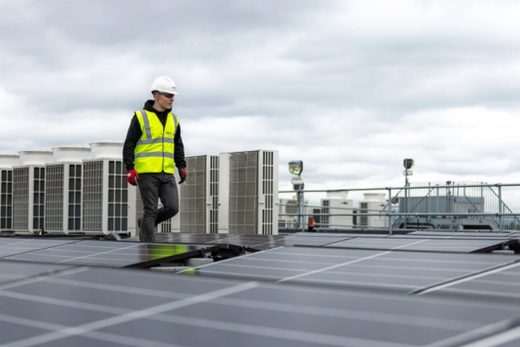
Types of roofing for solar panel installation
Building Articles
Residential Architecture
Comments / photos for the How to maintain your commercial solar system page welcome.

